- Savage Blog
- How Bullet Types Impact Shooting Performance
How Bullet Types Impact Shooting Performance
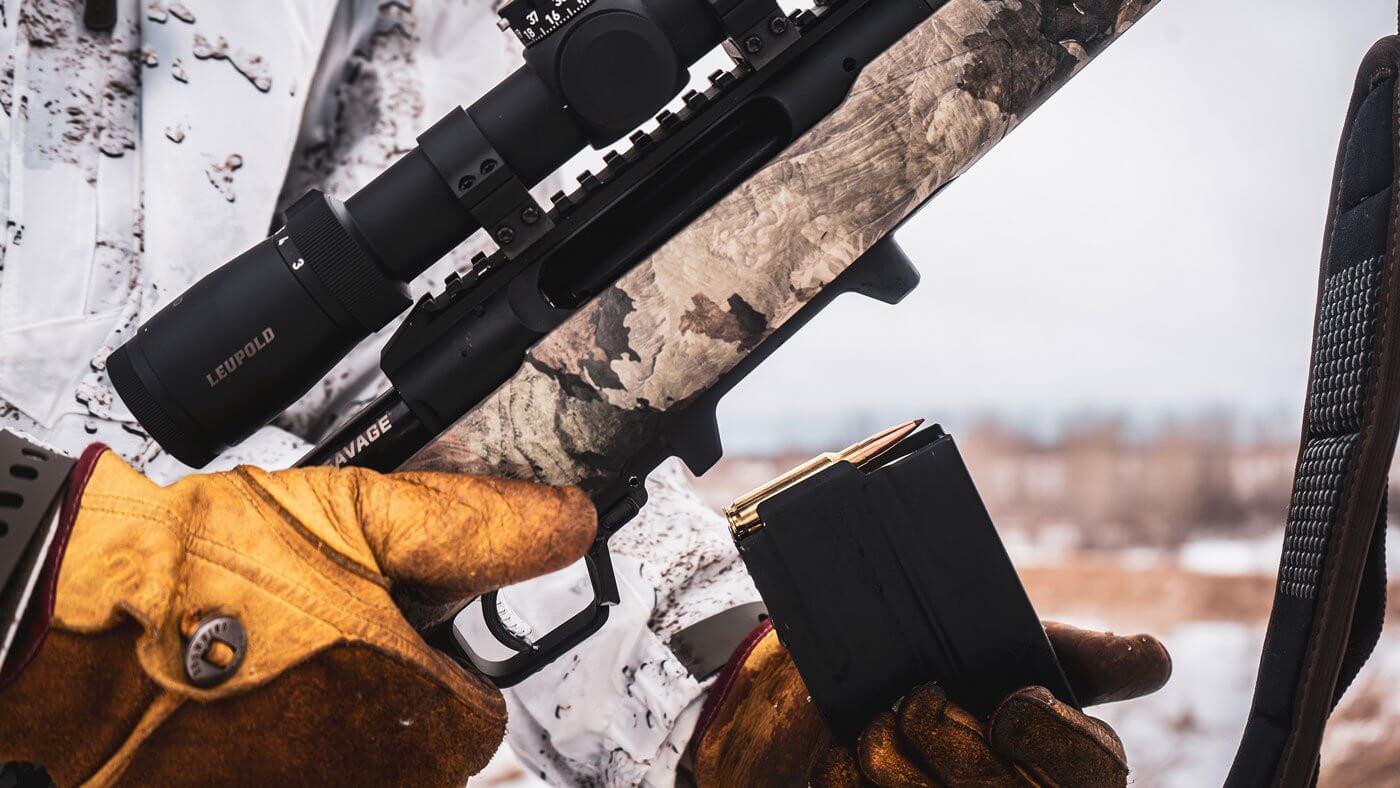
Choosing the right ammunition for your firearm isn’t just about brand or caliber—it’s about selecting the right bullet types for your specific shooting needs. From hunting and self-defense to long-range competition and plinking, bullet construction plays a major role in both accuracy and terminal performance..
Understanding the different bullet types available today can help you become a more informed shooter, optimize your shooting experience, and ensure better results on the range or in the field.
Common Bullet Types
Each bullet type is designed with a specific purpose in mind. Let’s take a closer look at the most commonly used types and what they’re best suited for.
Full Metal Jacket (FMJ)
Features a lead core fully encased in a copper jacket.
Typically, the most affordable and widely available type of bullet for most calibers..
Ideal for range practice and target shooting.
Jacketed Hollow Point (JHP)
Copper jacketed bullet with a hollow cavity in the tip.
Designed to expand upon impact, transferring energy to the target.
Common in handgun ammunition and smaller centerfire rifle calibers, such as 223 Remington.
Widely used for defensive shooting situations.
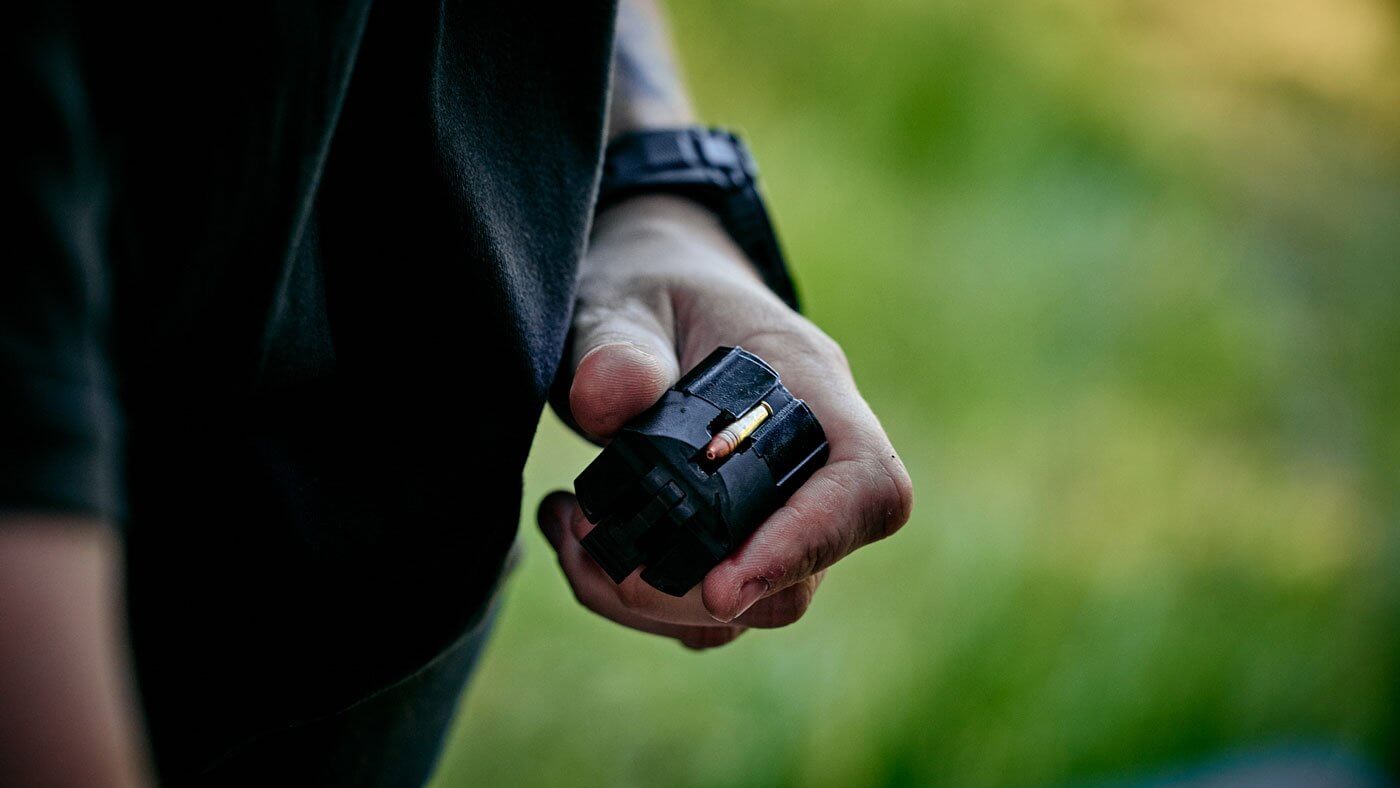
Open Tip Bullet (OTM)
Similar to FMJ, but with a small opening at the tip.
Offers improved accuracy compared to standard FMJ bullets, especially at long ranges.
Though not specifically designed for expansion, they may expand similarly to JHP bullets due to forced expansion from the tip opening.
Preferred by precision rifle shooters for its inherent accuracy, but it can also be used for hunting or defensive shooting.
Soft Point (SP)
Partially jacketed bullet with an exposed lead tip.
Commonly used for hunting due to their reliable expansion on impact. Widely available in a variety of different loadings.
Offers a balance between penetration and expansion needed for effective performance on your target game animal.
Suitable for medium- to large-game animals such as coyotes, whitetail deer, mule deer, and elk.
Ballistic Tip
A jacketed bullet with a polymer tip.
The plastic tip drives into the bullet upon impact, initiating controlled expansion for increased energy and impact.
Excellent for both hunting and defensive situations..
Combines aerodynamic design with terminal effectiveness.
Lead/Cast Bullets
Pure lead bullets with no copper jacket.
Often loaded in 22 LR cartridges and lower velocity handgun rounds. Commonly used in revolvers and lever-action rifles for cowboy-action shooting.
Great for close-range steel plate competitions, but not ideal for high-velocity shooting due to barrel fouling.
Common in round-nose or flat-nose designs.
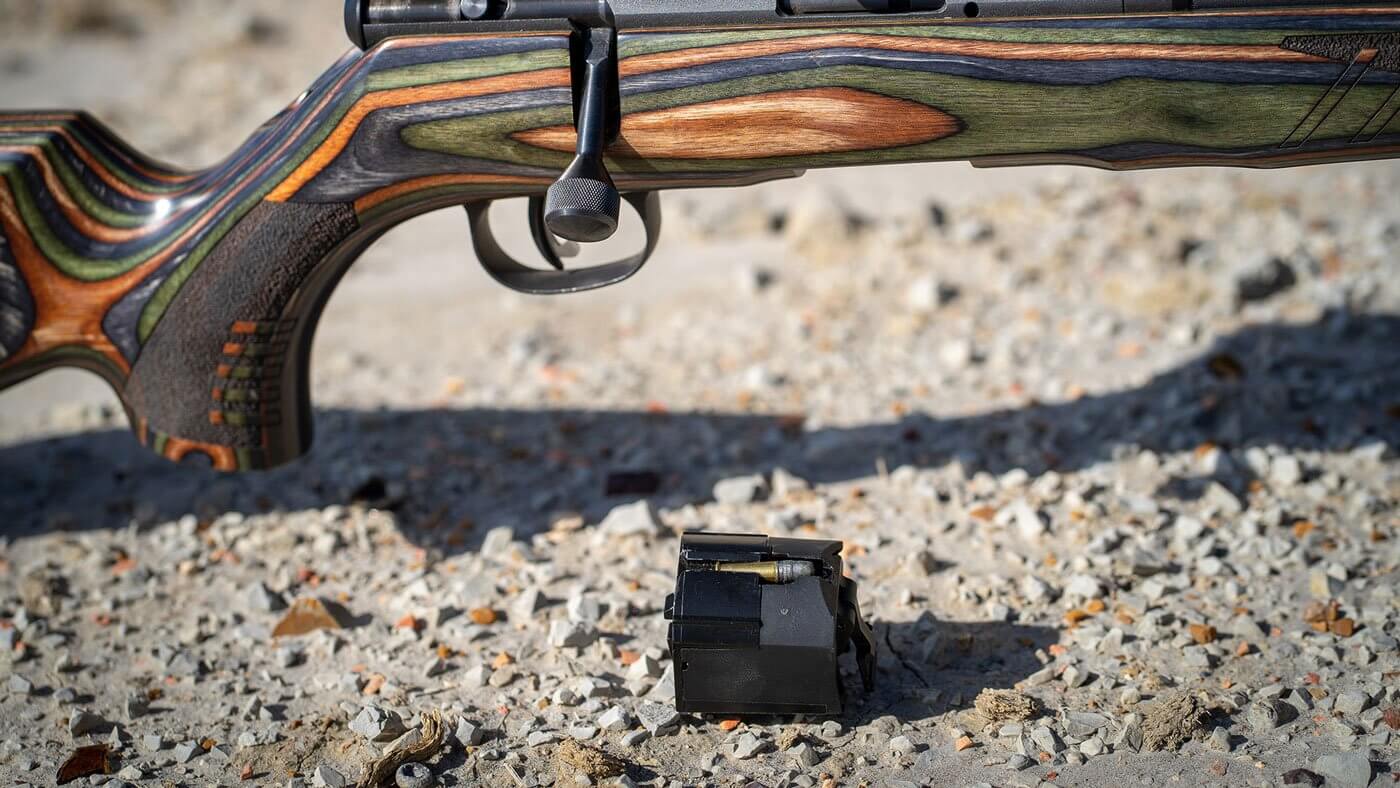
Bullet Shapes
Shape also affects how bullets fly and perform upon impact. Understanding the common profiles of today’s bullets can help you find the best bullet types for your particular application.
Round-Nose
Rounded tip, often found in handgun bullets and some older rifle calibers like 30-30 Winchester.
Offers reliable feeding and adequate accuracy for close to medium-range shooting.
Less aerodynamic than modern Spitzer bullets, resulting in less accuracy at longer range shooting.
Flat-Nose
Flat-tipped bullet, frequently used in large-caliber handguns like 10mm and .45 ACP.
Delivers high kinetic energy for punching through barriers and thick hides, but has lower velocity and less range.
Ideal for close-range impact with maximum energy transfer.

Spitzer
The modern, pointed rifle bullet design.
Excellent aerodynamics, offering better stability, flatter trajectories, and higher speeds than round-nose and flat-nose bullets..
The most commonly used bullet in centerfire rifle ammunition today. This design is also more widely used in rimfire calibers such as 17 HMR, 17 WSM, and 17 HM2.
Lead vs. Non-Lead Bullets
Bullet composition matters—especially when it comes to hunting regulations and environmental impact. Whenever you are heading to hunt or shoot at a new location, always check regulations to know what type of ammo you need to be shooting.
Lead Bullets
Widely available and typically cheaper, especially in loadings using cast lead and FMJ bullets.
Offers reliable expansion and energy transfer that most hunters and shooters are familiar with.
May be restricted in some public hunting areas due to environmental concerns. Always check your state and local regulations.
Non-Lead Bullets
Usually made of solid copper or copper alloys.
Required in some states or hunting areas to reduce environmental impact and potential harm to scavenger species.
More expensive, but offer clean expansion and are better for weight retention due to the use of a solid projectile, rather than a lead core with a copper jacket.
Perform exceptionally well in longer-barreled rifles shooting at higher velocities, making them well-suited for hunting.
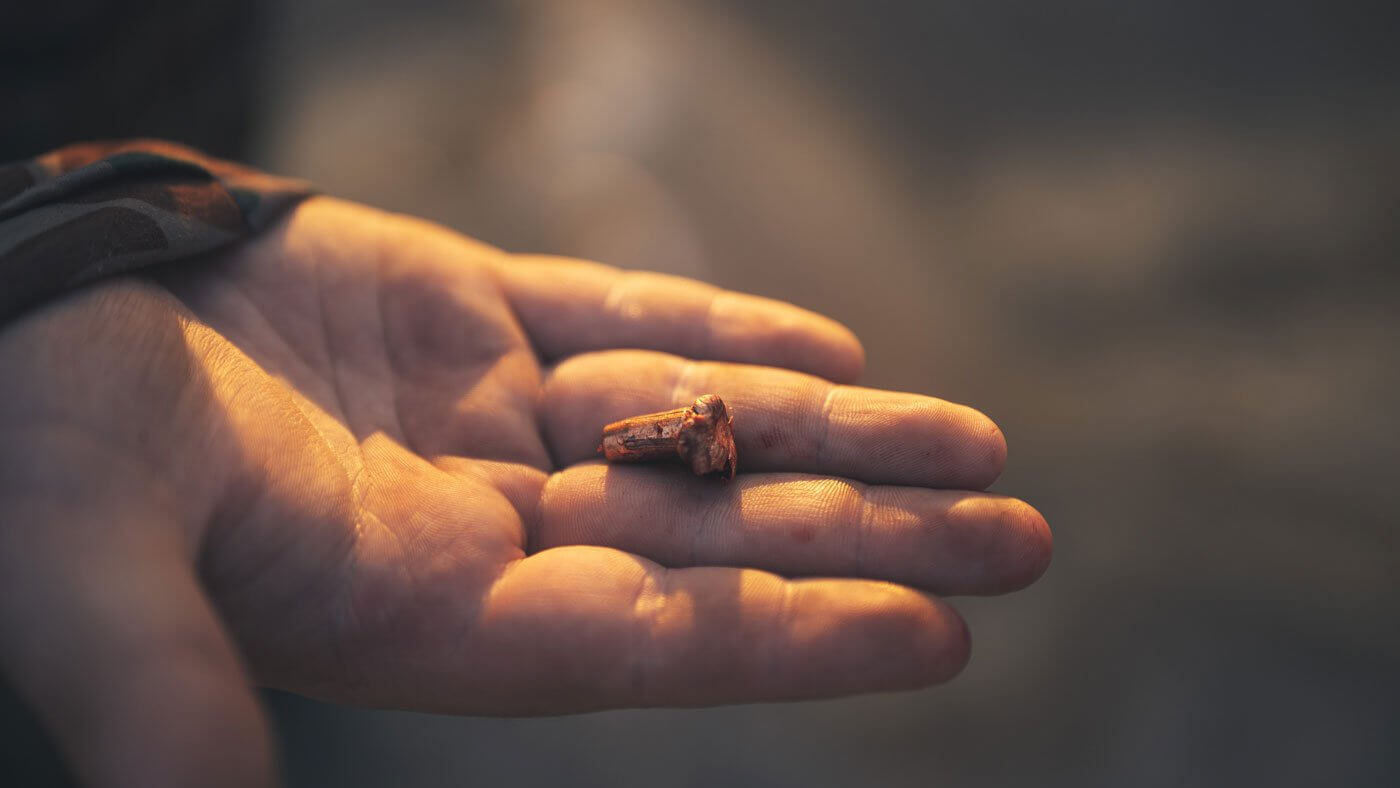
How Bullet Types Impact Performance
Your choice of bullet affects far more than just price—it can influence how your firearm performs, both in accuracy and terminal effectiveness.
Accuracy
FMJ bullets found in standard ball ammunition are sufficient for general target shooting but may lack the consistency needed to shoot accurately at a high level.
Match-grade bullets and boat-tail designs provide improved performance with more precise groups at longer ranges. These bullets can be found in a wide variety of designs, from open-tipped match bullets to soft points and ballistic tips.
Hollow points and soft points may vary slightly in accuracy depending on whether they are designed for hunting, long-range shooting, or close-up defensive shooting. Experiment with different loads and find the one that shoots the most accurately in your firearm!
Velocity and Stabilization
Heavier bullets tend to be more stable in windy conditions but often fly at slightly slower velocities. The heavier a bullet is, the higher its grain weight will be.
Lighter bullets can reach higher velocities and have flatter trajectories, but may lose energy faster when loaded at an equivalent powder charge when compared to a heavier bullet.
Rifling twist rates in your barrel also impact how well specific bullet weights perform. In general, the heavier the bullet is, the faster a twist rate you will need to stabilize the bullet. However, this can change from caliber to caliber, so experiment with different grain weight bullets to see which is most accurate for your specific rifle!
Terminal Energy
FMJ bullets typically penetrate deeply and may over-penetrate and fail to transfer energy effectively.
Expanding bullets like JHPs, soft points, and ballistic tips are designed to maximize energy transfer due to their expansion, which dumps energy quickly into the target.
For hunting, expanding bullets are essential for quick, ethical kill shots to result in a successful harvest. In many states, it is required that you use an expanding bullet while hunting to help provide the best possible chance of an ethical shot.
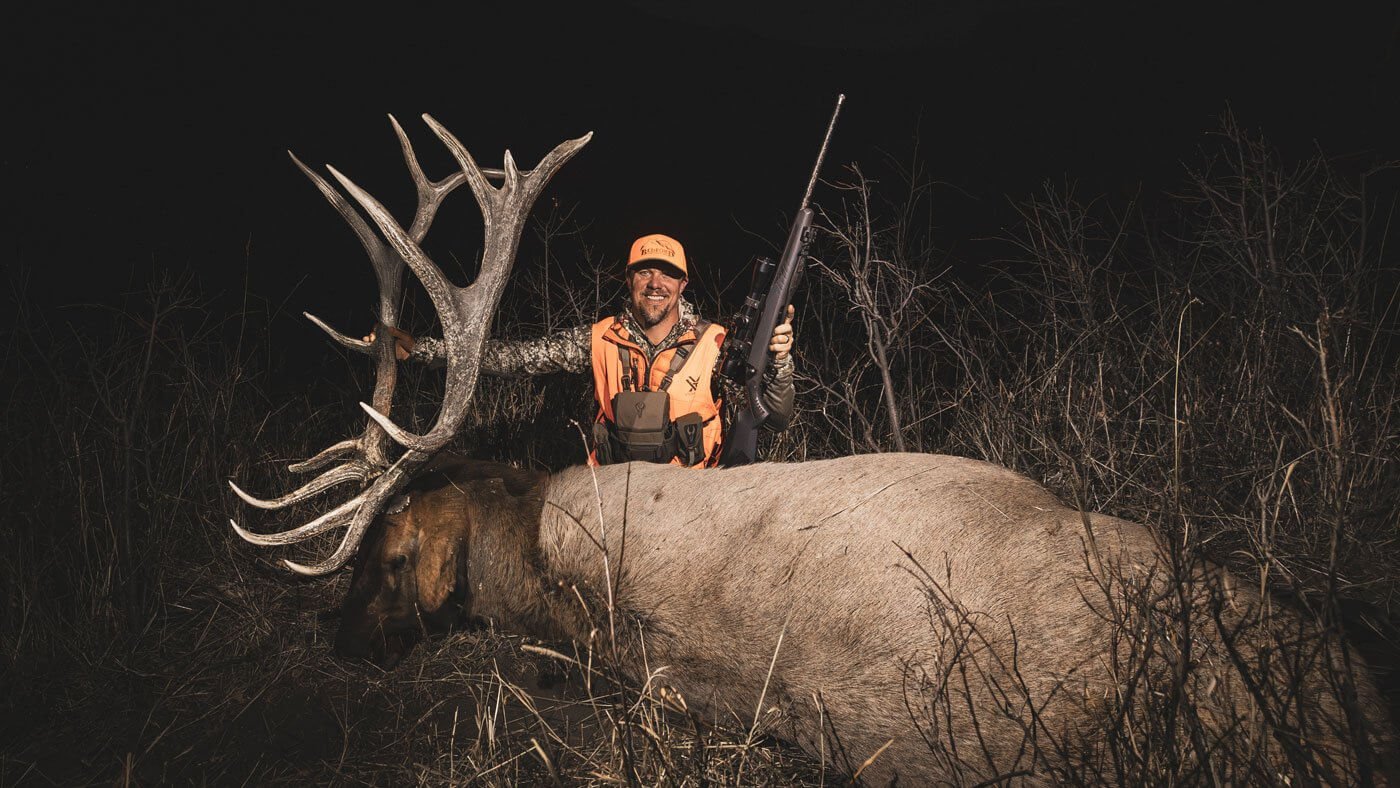
Which Bullet Type Should You Choose?
Choosing the correct bullet type all comes down to what you’re using your firearm for. Not all bullet types are suited for every application. Here’s a breakdown of recommended bullet types based on each hunting or shooting scenario:
Hunting
Soft point, ballistic tip, and non-lead expanding bullets are ideal. These bullets provide a massive amount of energy when impacting a target, and are far less likely to over-penetrate beyond the target, making them safer and more ethical to use.
Choose larger calibers with heavier bullets for large game, and smaller calibers with lighter ones for varmints or predators. Manufacturers often help distinguish which bullets are best for which scenarios by indicating on the cartridge box whether they are for big game, varmints, small game, etc.
Avoid FMJs as they can pass through animals without causing enough damage to make a quick, ethical kill shot. In several states, using FMJs for hunting is outright banned.
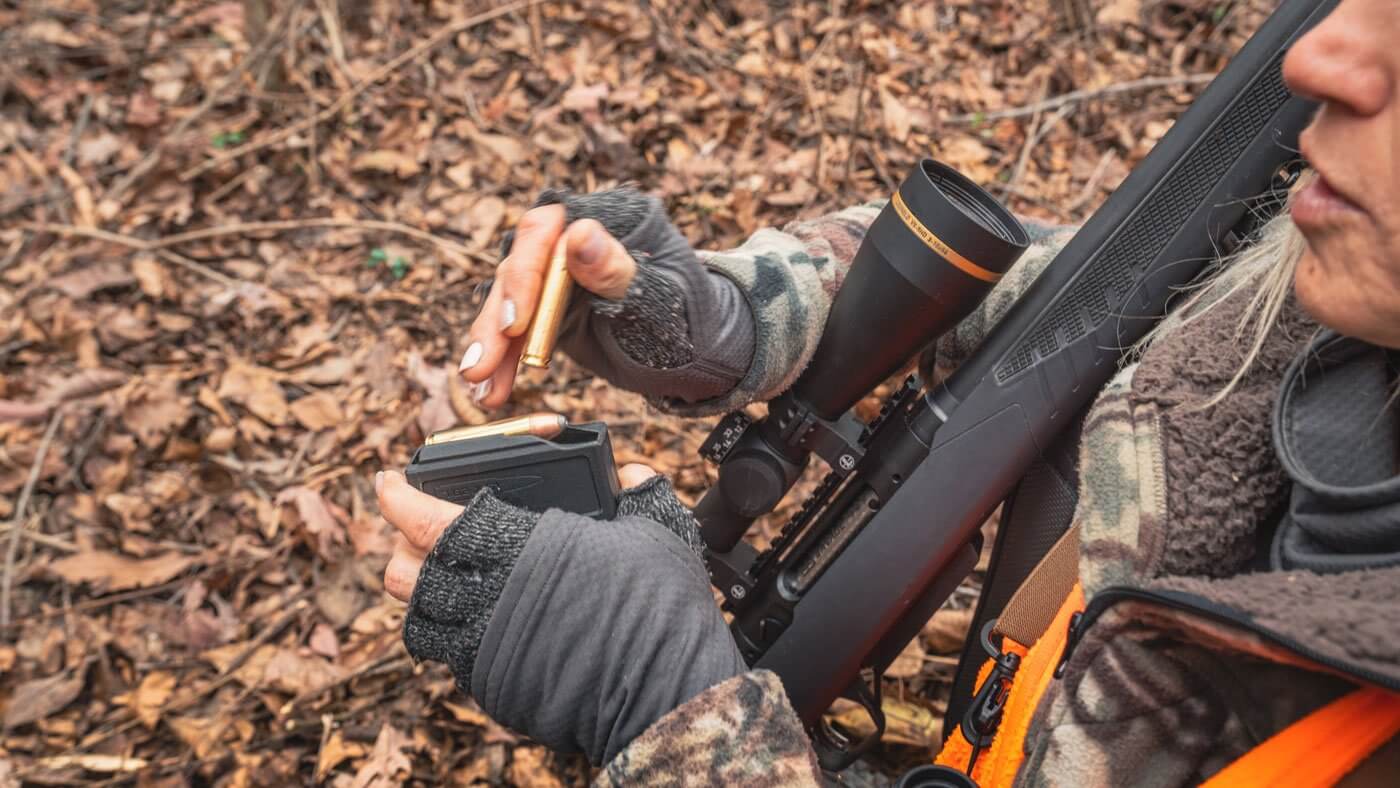
Self-Defense
Jacketed hollow points and ballistic tips are best for defensive shooting due to their reliable expansion and reduced risk for over-penetration.
Soft-point bullets can also be used for defensive shooting if you have a difficult time finding hollow points or ballistic tip bullets.
Target Practice
Full metal jacket (FMJ) or lead bullets are cost-effective, come in larger quantities, and are still fairly accurate when shooting.
If you are zeroing in a hunting or precision rifle, you should also use the ammo you plan to hunt and shoot competitions with to know how your rifle will perform.
If you are carrying a handgun for self-defense, occasionally practice with your hollow points as well to verify accuracy and performance.
Competition and Long-Range Shooting
Match bullets, open-tip match (OTM), and boat tail designs excel at longer ranges.
These bullets are designed for pinpoint accuracy and typically offer better ballistic coefficients for more effective performance at longer distances.
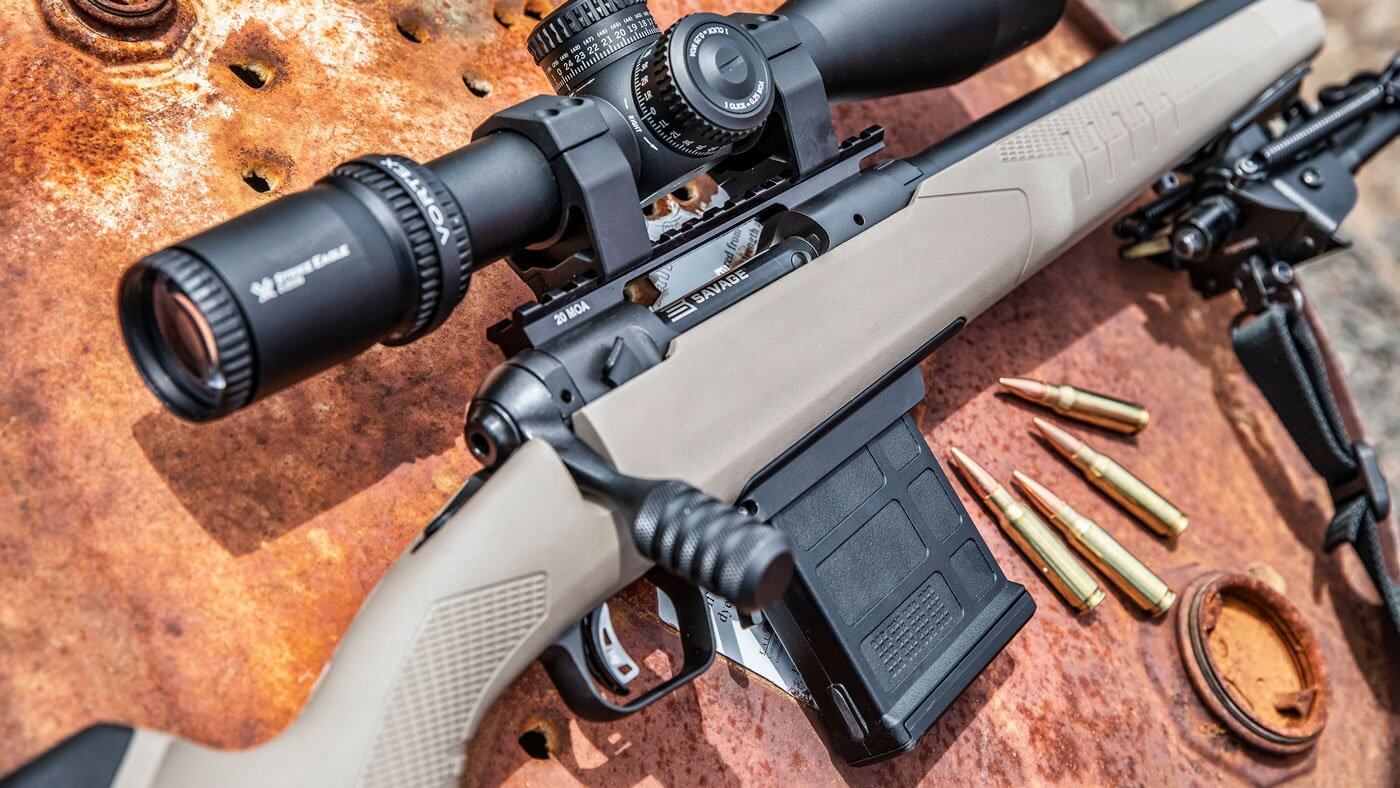
With so many bullet types available today, understanding their differences is more important than ever. Whether you're dialing in your rifle for a backcountry elk hunt or practicing at the range, selecting the right bullet ensures better accuracy, safety, and terminal performance.
Take time to understand your firearm, your environment, and your shooting purpose. Match those factors with the right bullet type, and you'll not only shoot more accurately, you’ll shoot more confidently.

